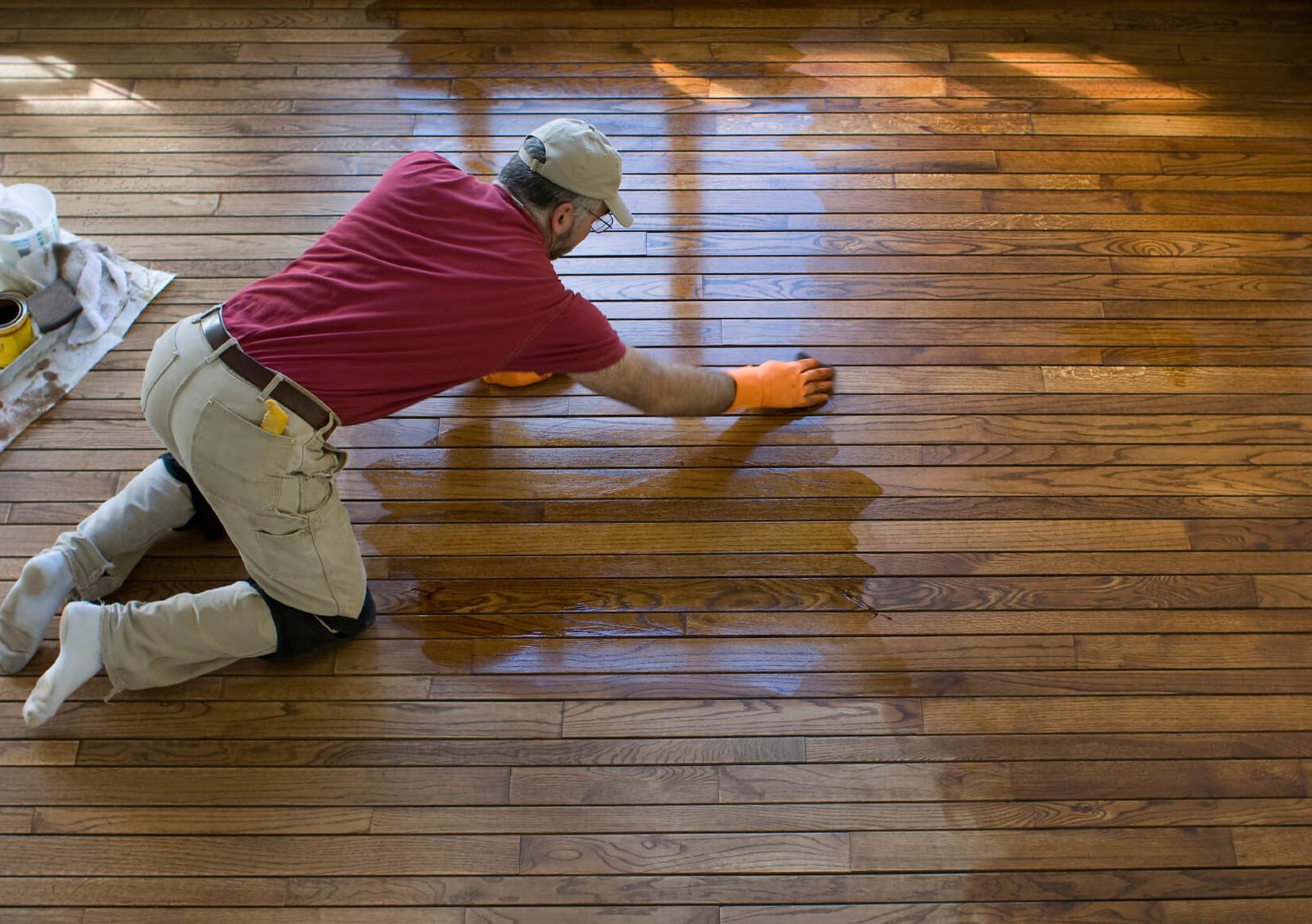Introduction:
Floor sanding is a transformative process that can breathe new life into your tired and worn-out floors, leaving them looking fresh, smooth, and beautiful. Whether you’re planning to refinish hardwood, cork, or engineered timber floors, mastering the art of Professional floor sanding Melbourne is essential for achieving professional results. In this ultimate guide, we’ll explore expert tips and tricks for Melbourne homeowners to ensure a successful floor sanding project.
- Understanding the Basics of Floor Sanding:
- Familiarize yourself with the different types of flooring materials and finishes to determine the best approach for your project.
- Learn about the various sanding equipment and tools required, including drum sanders, edgers, and sandpaper grits.
- Take time to prepare the room by removing furniture, covering vents, and sealing off doorways to minimize dust and debris.
- Choosing the Right Sanding Equipment:
- Invest in high-quality sanding equipment or consider renting from a reputable supplier for professional results.
- Select the appropriate grits of sandpaper based on the condition of your floors and the level of sanding required.
- Ensure the sanding equipment is properly maintained and adjusted to achieve even and consistent results.
- Preparing Your Floors for Sanding:
- Thoroughly clean the floors to remove dirt, debris, and any existing finishes or coatings.
- Repair any cracks, gaps, or imperfections in the floorboards using wood filler or epoxy resin.
- Inspect for protruding nails or staples and remove them to prevent damage to the sanding equipment.
- Mastering the Sanding Technique:
- Begin sanding with a coarse grit sandpaper to remove the top layer of finish and imperfections.
- Work systematically, sanding in the direction of the wood grain and overlapping each pass to avoid uneven spots.
- Gradually progress to finer grit sandpapers to achieve a smooth and flawless finish, taking care not to oversand or create divots.
- Finishing Touches and Sealants:
- After sanding, thoroughly clean the floors to remove any dust or debris before applying the finish.
- Choose a high-quality floor finish or sealant that complements the natural beauty of your floors and provides durable protection against wear and tear.
- Apply the finish evenly with a brush, roller, or applicator pad, following the manufacturer’s instructions for best results.
- Hiring Professional Floor Sanding Services:
- While DIY floor sanding can be rewarding, some projects may require the expertise of professional floor sanding services.
- Consider hiring professionals for large or complex projects, intricate flooring patterns, or if you lack the time, tools, or experience to tackle the job yourself.
- Research and choose reputable companies specializing in professional floor sanding in Melbourne to ensure quality workmanship and customer satisfaction.
Conclusion:
Floor sanding is a skill that can be mastered with practice, patience, and attention to detail. By understanding the basics of floor sanding, choosing the right equipment, and following expert tips and techniques, Melbourne homeowners can achieve professional results and revive the beauty of their floors. Whether you choose to embark on a DIY floor sanding project or enlist the help of professional floor sanding services, the key is to approach the process with care and precision to achieve stunning and long-lasting results.
When it comes to professional floor sanding in Melbourne, homeowners have a plethora of options to choose from. Whether you’re refinishing hardwood, cork, or engineered timber floors, investing in professional floor sanding services can ensure a flawless finish that enhances the beauty and value of your home.

